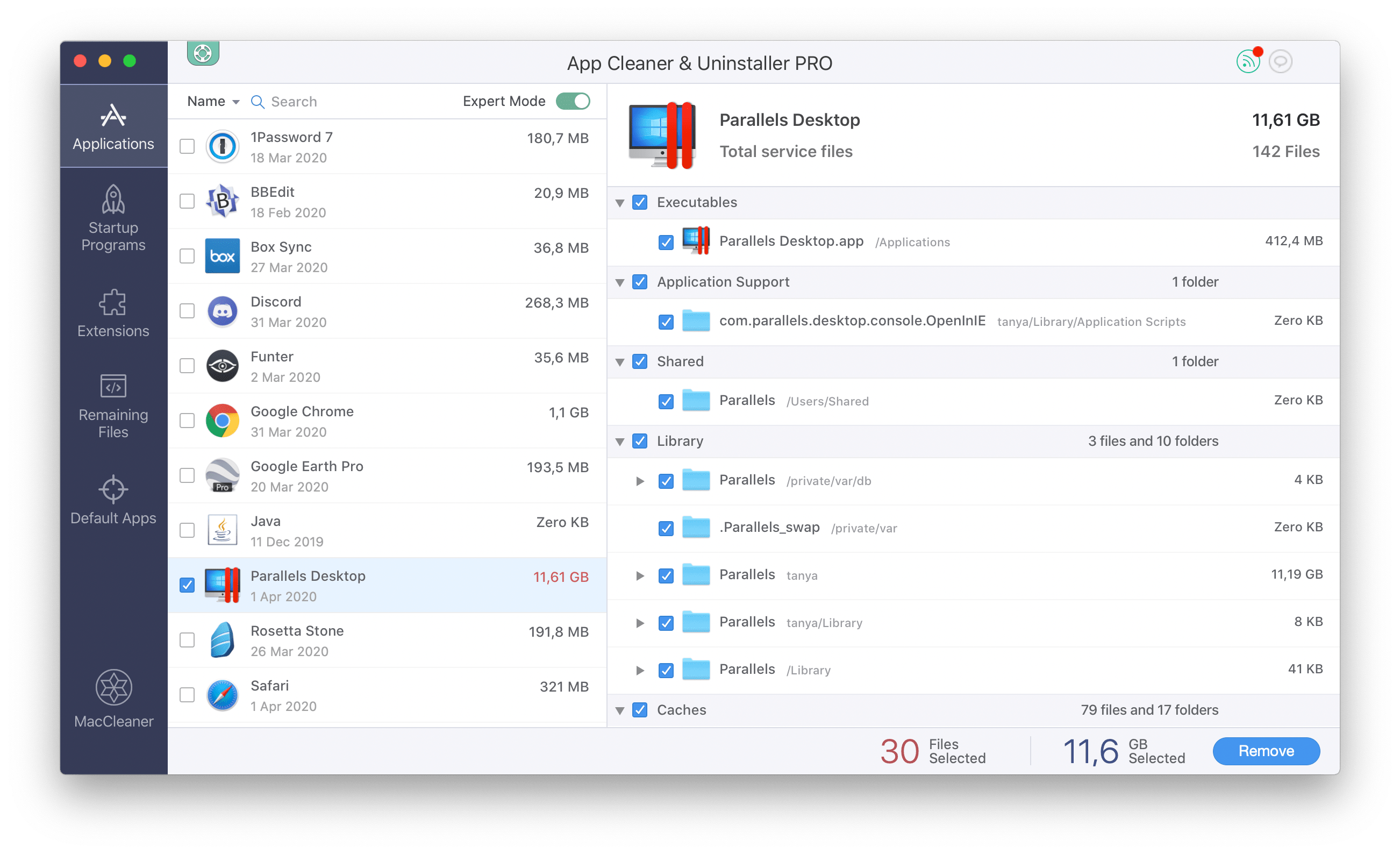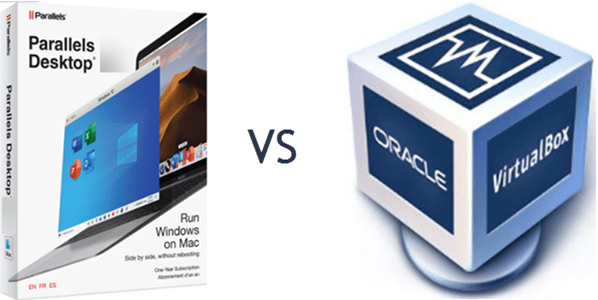
Nothing insurmountable, but certainly much more work and collaboration will need to happen between the two companies than was done in 2006.
#PARALLELS FOR MAC SLOW DRIVERS#
Similarly, Apple is throwing many more hurdles in the way of a native boot solution that will require much more than simply enabling CSM support in UEFI and writing drivers for components that don't already have pre-existing drivers due to being in other commercially available Windows PCs. The licensing element isn't tricky, but it's more than what needed to be done back in 2006 when Boot Camp for Intel Macs first arrived. But that's just one of many things that needs to be done. My default setting for number of CPU's in Parallels was 8, but when I changed this to 4 building the web project also took about 30 seconds in Parallels.
#PARALLELS FOR MAC SLOW WINDOWS 10#
Updating all ARM32 code present in the OS to be 64-bit is a key part of it as, that will certainly make the user experience confusing at best and suck at worst (as Apple Silicon hasn't had 32-bit ARM instruction sets since A10/A10X Fusion and all derivatives therein such as T2 and Windows 10 for ARM64 DOES have a bunch of ARM32 code still in it). I compared building and starting a C web project in the same VM in VMWare Fusion as the VM in Parallels and it took about 60 seconds in Parallels compared to 30 seconds in VMWare.

In either case, there's a lot more that needs to happen to make Windows 10 for ARM64 function on Apple Silicon (either in direct boot or virtualization scenarios) than was needed to bring x86 and x86-64 Windows to Intel Macs. Because they can't and won't hold the gun to everyone's head like Apple is famous for doing and CURRENTLY IS doing.Īgain, like you've said, we don't know what Microsoft is thinking or planning behind closed doors. That's why innovation here has been stalled.

But there's no underlying incentive for anyone to make the move on either side. So, they need to try to convince users and developers that ARM64 is just as good. The only reason why Windows 10 for ARM64 isn't a viable product is that Microsoft CAN'T force developers and users off of x86-64 systems the way that Apple is currently trying to. They care more about you running Windows in the form of Azure hosted Windows Virtual Desktop than they do about you running Windows on someone's ARM64 based system or not. NOTE: It is not recommended that existing Parallels Desktop for Mac users move to Parallels Desktop App Store Edition. Trust me when I say that I know this stuff for a fact. Parallels Desktop App Store Edition is a fast, easy and powerful application for running Windows both on a Mac with the Apple M1 chip and a Mac with an Intel processor - all without rebooting. I do IT for a living and I practically live on the Microsoft site and regularly attend their many webinars. Devices are important, but not even remotely to the degree that Azure and Microsoft 365 are. The M1 Macs do not heat up like crazy and sip power compared to the Intel MacBooks.
#PARALLELS FOR MAC SLOW PRO#
skaertus asked about windows on Parallels, this is possible and M1 Macs run this faster than Surface Pro X which run Windows on ARM. Microsoft cares more about Azure and Microsoft 365 (which Windows 10 Enterprise is technically a component of on the Business/Enterprise subscriptions). M1 Macs run outlook and MS office with no problems.


 0 kommentar(er)
0 kommentar(er)
